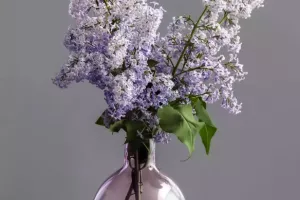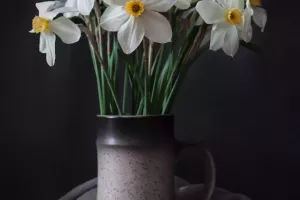Succulent plant refers to a kind of plant whose stems, leaves or roots have developed parenchyma to store water and appear plump and juicy in appearance. According to rough statistics, there are more than 10000 species of succulent plants in the world, belonging to more than 100 families in classification.
Succulent plants can store available water. When the soil water content deteriorates and the plant roots can no longer absorb and provide necessary water from the soil, they can make the plants temporarily separate from the external water supply and survive independently. They all belong to higher plants with strong adaptability and reproduction ability. They can also help purify the air.
Succulent plants can be divided into three types: spring and autumn type that likes stable and warm climate, summer type that likes high temperature, and winter type that likes cold climate. No matter which type, they grow and develop in their favorite climate. In other periods, they are in a dormant state (stop growth and development). After entering a dormant state, they no longer absorb water from their roots. If the soil remains wet, the roots will be injured and even cause the plants to wither, so don't water them during dormant state.
Succulent plants have at least 3-4 hours of sunshine every day in their native environment, and some varieties even have 6-8 hours of sunshine. Due to the limitation of daily living conditions, it is impossible for succulent plants in ordinary families to have long-term and high-quality sunshine every day, but as long as there is a window facing south and let them have at least 2 hours of sunshine every day is enough.
Sufficient but moderate sunshine can make succulent plants stronger, more compact, brighter in color, healthier, less susceptible to fungal infection and less likely to be infected with pests. Especially in spring and autumn, the sunshine time should be increased as much as possible.


